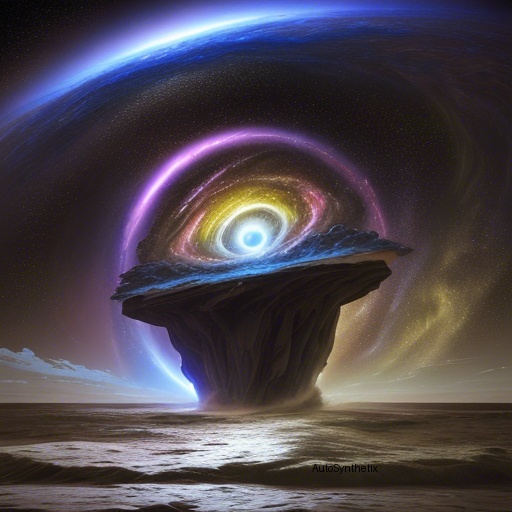Introduction
The vastness of space continually challenges our comprehension as we strive to decode its mysteries. In a recent groundbreaking study published by astrophysical researchers, a remarkable occurrence known as 'Tidal Disruption Encounters' has been brought into focus – adding another intriguing layer to the cosmic tapestry around galactic nuclei. This article will elucidate the concept of Tidal Disruption Encounters, their potential impact on scientific understanding, and the broader ramifications arising out of this fascinating discovery.
I. Decoding Galactic Centralities: Nuclear Star Clusters & Supermassive Black Holes
At the heart of most galaxies lies a concentrated region teeming with celestial activity – the nuclear star cluster (or NSC). Comprised primarily of highly condensed matter, including main sequence stars alongside remnants like white dwarfs, neutron stars, and stellar-mass black holes, NSCs encircle the enigmatic entity that governs the dance of gravitation in these areas - the supermassive black hole or SMBH. These interactions provide fertile grounds for exploring some of nature’s most profound phenomena.
II. Tidal Disruptions Events: Nature's Gravitational Ballet
Within the realms of intense gravity near a galaxy's core, a dramatic event unfolds periodically called a ‘tidally disrupted encounter.’ As a star ventures too close to a supermassive black hole, the latter's immense pull tears apart the erstwhile celestial body resulting in a catastrophic release of energy manifested through a luminous eruption termed a Tidal Disruption Event (TDE).
III. Introducing Tidal Disruption...Encounters? Reconceptualizing Post-Disruptional Phenomenon
However, the research team unearthed a previously overlooked facet during their investigative journey: a subset of these TDE instances exhibits a captivating twist. While the initial star undergoes complete destruction due to the prodigious force exerted by the supermassive black hole, certain fragments ejected during the process maintain ties with both the original SMBH _and_ the discarded stellar material. Consequently, a subsequent interaction ensues, leading to what the scientists refer to as a “second flare” - a temporospatially distinct yet related resurgence of radiation.
IV. Probability Rates, Delay Times, Light Curves, and Cosmological Implications
This revelation opens avenues towards refining estimations regarding the frequency of such incidents across various galactic scales. Estimating rates spanning the spectrum of $10^{-6}$-$-$$10^{-3}$ yr⁻¹gal⁻¹, the findings underscore the pervasiveness of this hitherto obscure mechanism in diverse astronomical settings. Moreover, time intervals separating the primary from secondary flashes span a broad chronology, extending anywhere between subyearly durations to centuries.
Furthermore, the afterglow illumination patterns emanating from the delayed radiant burst exhibit variabilities contrasting the conventional TDE decay pattern ($t^{-\frac{5}{3}}$). Thus, the newly discovered scenario offers an alternative interpretation for specific observations seemingly contradictory to traditional models. Ultimately, the discoverers hope their work shall contribute significantly toward enhancing knowledge pertaining to NSC structures, particularly concerning the embedded stellar-mass black hole populace. Additionally, speculations exist linking these novel occurrences to EMRI sources detected by advanced detectors like LISA. Last, but certainly not least, the possibility looms large of finding analogous events in extremely heavyweight SMBHs - a context wherein classic TDEs appear improbable.
Conclusion
As science continues to traverse the labyrinthine depths of celestial mechanics, every fresh turn reveals a multitude of complex interplays shaping our universe. The astonishing disclosure of 'Tidal Disintegration Encounters,' while challenging longstanding assumptions, further cements astronomy's position as one of humanity's foremost educators in humility before nature's grandeur. With each enlightening stride forward, we gain deeper insights into the cosmos's inner workings, fostering a more comprehensive appreciation of our place amidst the infinite expanse.
Source arXiv: http://arxiv.org/abs/2402.15590v3
